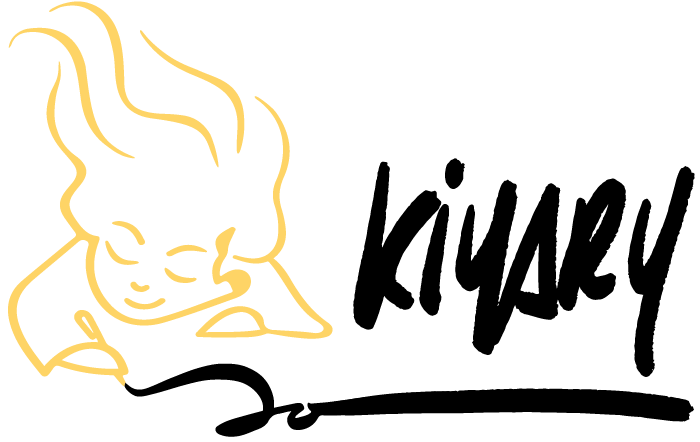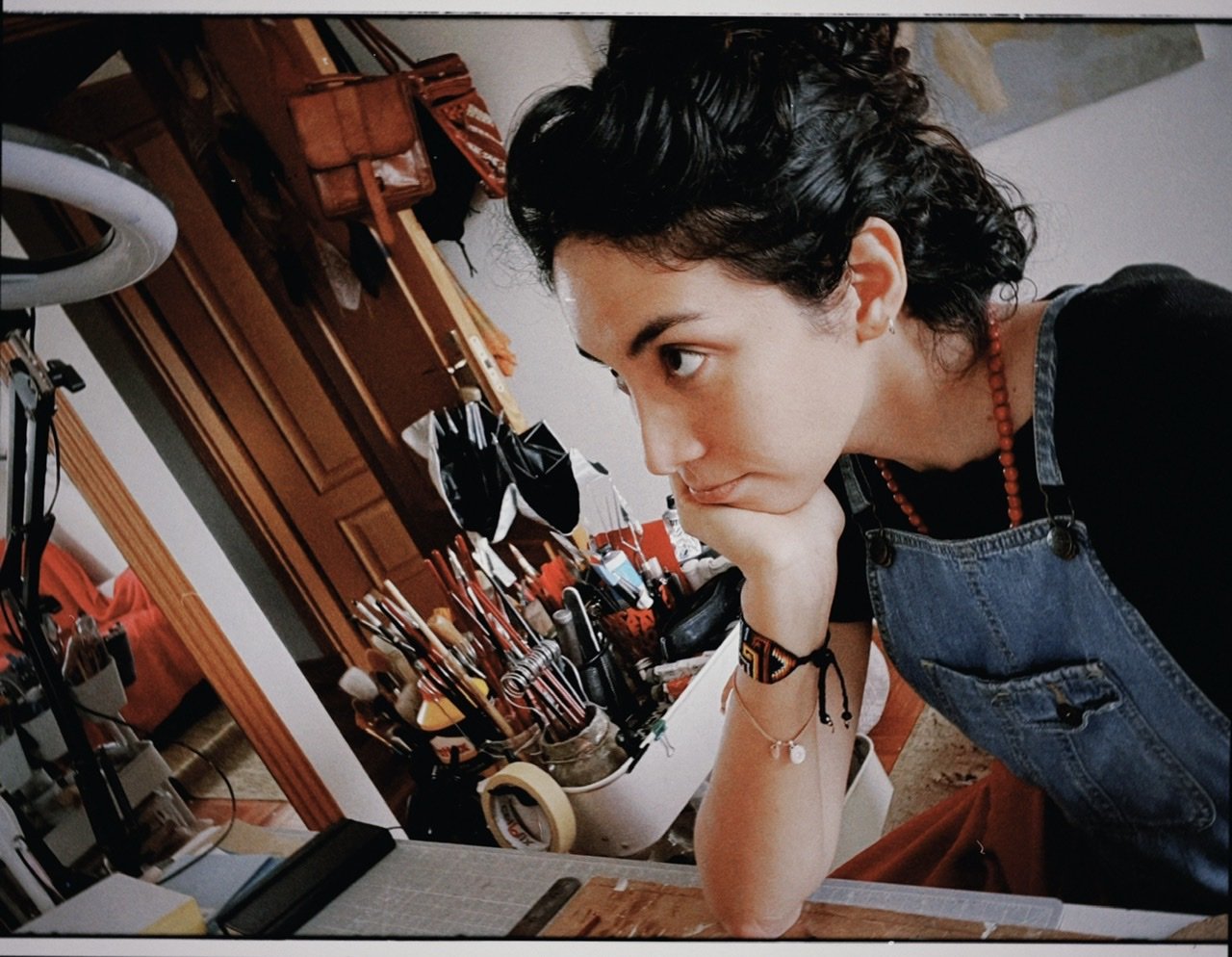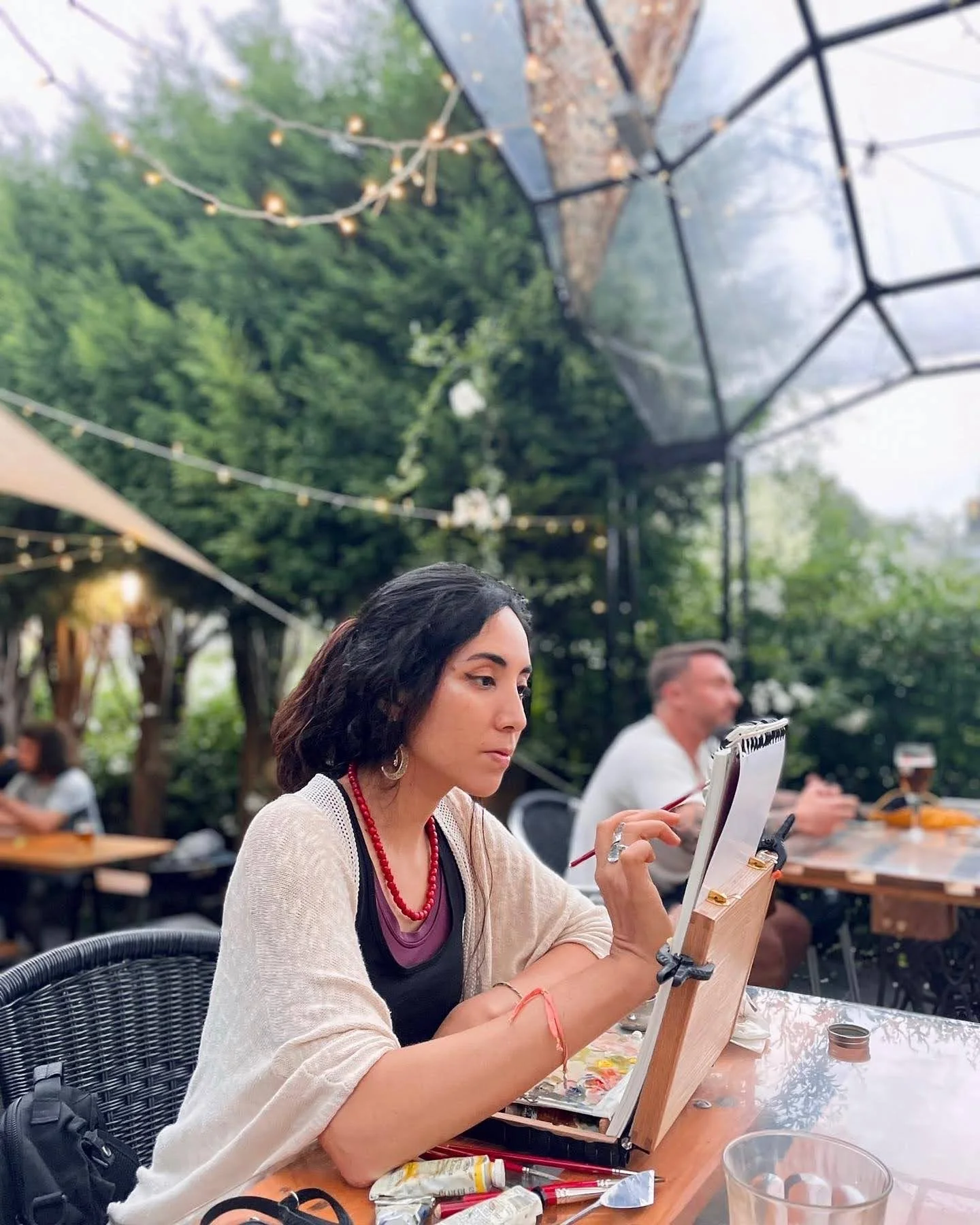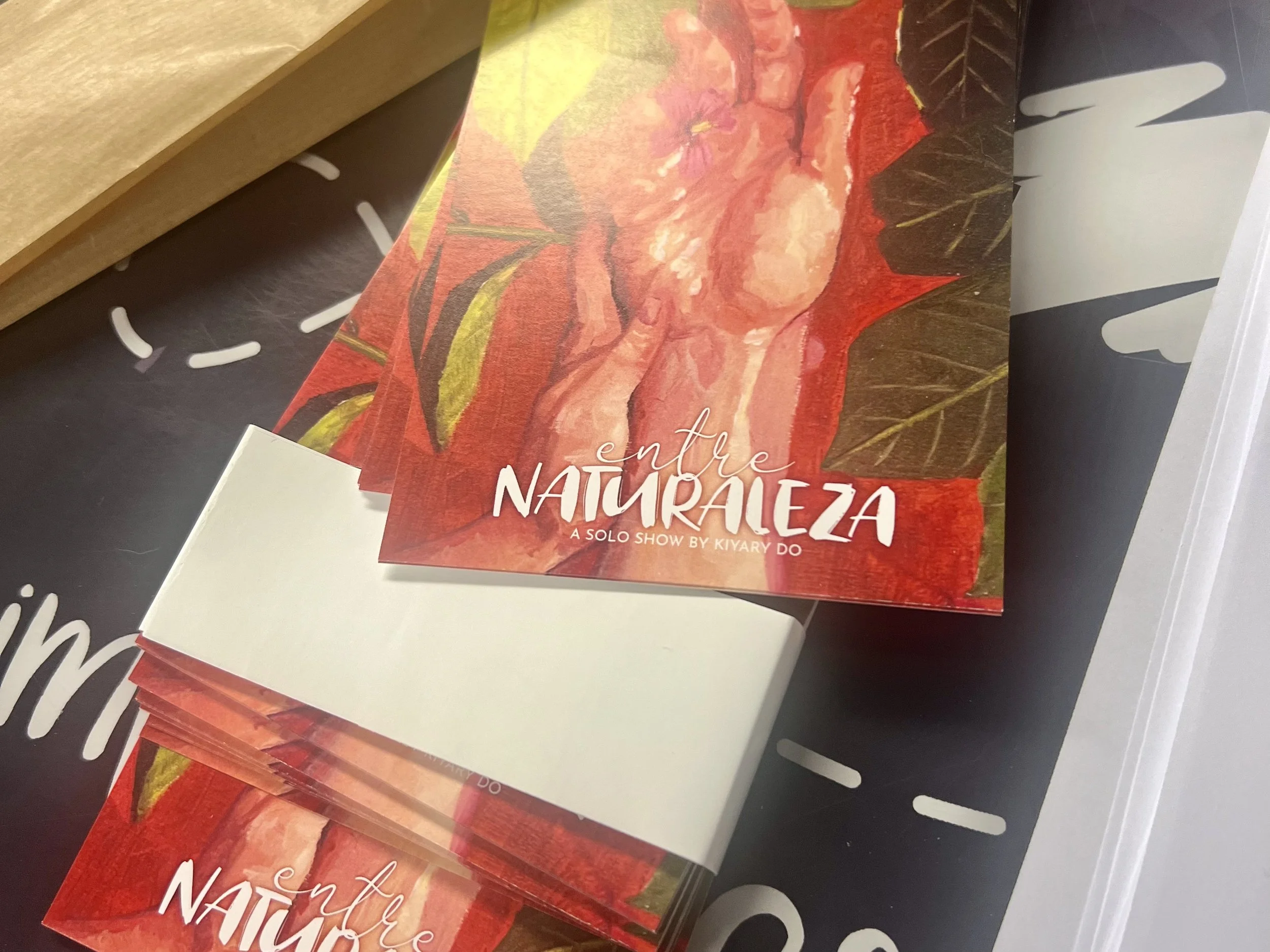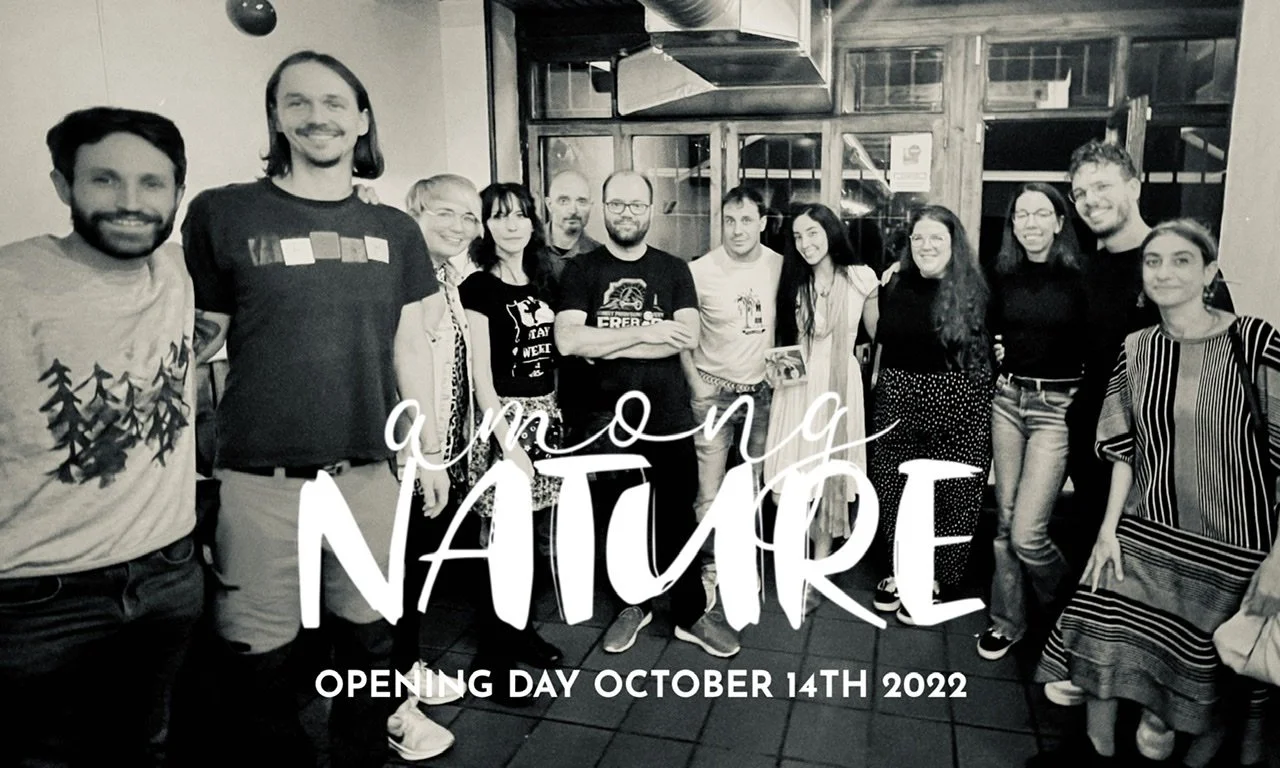HOW TO PREPARE FOR A SOLO EXHIBITION Questions & Answers
my goodness how and why do I get into this type of mess?
Hello MAMINKA & TATINEK! I am famous!
Helpful Guide on how to PREPARE FOR A SOLO painting EXHIBITION
Planning your first solo art exhibition can be overwhelming, but with the right steps, it can also be incredibly rewarding. I recently went through this experience and, while I am not famous (yet!), the excitement and exposure from showcasing my work were unforgettable. If you are an artist preparing for your debut exhibition, this guide is for you. I'll share the Questions and Answers that helped me navigate the process for this show. , from planning to execution, so you can confidently present your art to the world and start building your reputation.
what is the difference between a solo show and a group exhibition?
First things first, it is important to define what are the differences between the two of them. Not only on the surface level. A solo show is a one-person exhibition, a group show usually involves more than two people and usually there is a curator who puts together the whole exhibition, thus freeing you from the work behind a show, such as preparing the labels, arranging the catering, deciding on dates, arranging mailing and marketing and the list is long (which I detail as much as I can bellow!).
Sometimes you will have to go yourself to do all the hanging and arranging (most of the time), some other times not. It all depends on the venue or the gallery, and the curator or the gallerist. Definitely a group show is way easier for an artist to handle, as usually there are more people involved, and you are invited - unless of course, if you are also curating it, or it’s your initiative in a group, then you work as much as in a solo show. But, a solo show takes a ton of work, even if all the preparatory work is done for you, as you are supposed to fill all the walls with your work, usually that means you need an important body of work.
How did THIS exhibition came to happen?
Definitely it took me by surprise. I was just hanging out with my art-colleagues, at a local restaurant/bar/event venue, painting on plein-air some people on the back of the venue. This painting. when the waiters kept on coming by to check out what I was doing, so did the people who I was portraying on my painting. When I finished the painting, it got sold on the spot! -this was very exciting- one of the waiters approached me and said they were passing by trying to get painted on the painting -I thought that was ultra cute- and they thought I should write a message to the owner and get myself an exhibition on the venue. Thus, that is what I did, and hold and behold, I got it on the next month available. yippee-ki-yay!
how dID you know what you WERE going to exhibit?
how to know and decide what to exhibit on a solo show?
This is tough, this is very difficult on my personal experience. For any exhibition, there are a few things to consider:
I prepared around 30 surfaces to paint. YES 30! Wooden panels with which I hand primed, sanded, and primed again and later painted the borders with extra fine cadmium yellow acrylic and iridescent medium to give them a lovely sort of metallic shine.
materials & surfaces, depending on the materials you use, you have to consider drying times, resistance and handling; and when we talk about surfaces, you need to think about how to display such artworks. For the last years I have been mostly working on oils, so the medium was already a given, I gave some thought into the surface for the paintings, and I wanted something not crazy expensive, easy to buy and easy to take home or give as a present. I don’t want something to show oh le grand artiste, but I am more interested on the appreciation of work, no matter the size. I have always been a sucker for small paintings and miniatures, so I decided to work on 15 x 15 cm wooden panels. You can check more about the materials I use for oil painting on my blog post “What do you need to start oil painting?”
theme, which ideally should follow your artist statement, to not break from what you are known for. Let me explain it a bit better:
If you are know for portraits or landscapes, you could paint something else, but then, does it follow your line of work? your mission as an artist? I believe we artists are born with an innate need to create, some people like to destroy, others to stay inactive, but we really really like to make things, I personally enjoy this the most, I feel like I have superpowers and can make anything up, and it’s an incredible feeling; and we connect this need of creation to the need of communication, we have a need to communicate something, like writers who use the written language, we use the visual language, and most often than not, both (writers and artists) we try to communicate an idea, and we try to align that idea to our why, as the book by Simon Sinek, find out what is your mission in life and how you can achieve it by doing something daily, your why is your driving force behind all you do, so as an artist, you have an artist’s statement which is in other words, your why.
location, according to the location of your venue, different themes might do better than others, also depending on the venue, some artworks might work better too. This also might define your audience, so keep that in mind!
number of artworks, the quantity is important but it is directly connected to the size of the venue. Bigger walls might require a bigger size of works or a large amount of works if they are of small size, which was my case this time. I aimed to have around 30 pieces of work to show. I managed to get around 25. Currently I have 20 on display, as the other 5 would be added to create new interest after the opening (this is not really common practice, but I do find it interesting as a marketing technique), a new painting released each week! Did I hear FOMO?
deadline or opening day, ah all the above elements are ruled by this little thing, when do you have the opening day, you need to have everything, EVERYTHING ready, so maybe you would like to make many pieces but your deadline might limit this time, so you will have to always adjust to the date of the opening before deciding on things. This is the one important thing you need to know well ahead and you need to organice yourself, your work and your time accordingly.
besides paintings,
what else do you need to prepare or think about to make a successful exhibition?
I didn’t know exactly the answer to this question until I had to prepare and organice and do many things myself. It was a crazy sprint, but honestly, do these things, they are all worth it!
decide on show title and description, remember the theme, this is very important before you start any work, with the theme you can adjust the title and the description to your way of communicating, adding a proper description, try to keep it understandable and don’t rely on metaphors or fancy art talk to sound flamboyant. In my opinion it is always better to be straight forward, but that is also how I am as a person, so work according to your own beliefs and psyche.
labelling, hand in hand with the title and description, you need names for your pieces, and little did I know, the best option to show your work is to properly label it. I have discovered my favourite way of labelling is not only adding the title of the artwork, but also the materials used and the surface plus the year and the selling price, also I decided to add a little QR code to the labels of my pieces, which directs them straight to the painting as a product in my website, and all in all, the labels look pretty neat and I am quite proud of their simple aesthetic design. Remember, KISS! (Keep it simple, stupid!)
get a price sheet, the labels are not the only thing that can give your visitors the price of your artworks, but also a price sheet, where you have all the works and their corresponding titles and details (such as medium and size) plus their price!
create a social media marketing campaign, it is important to generate some momentum before your exhibition opening, to make people wonder what you have been working on, so they will actually go and see it, now with social media, this is wonderfully easy, you can market yourself and your art in any way you prefer, with previews, or with work in progress, and all of these can be made on still photos or on video format, which is the current trend, so remember, everything is content!
method of payment, again, if this is done in a gallery, they already have their own ways of doing things, on a venue, you can talk to the people in charge of the staff, discuss how things work there, maybe reserving a piece is better, or perhaps paying it on the spot. Even if the artwork is bought, it cannot be removed until the end of the exhibition.
send out mails or postcards, along with the social media campaign, the old fashioned, but elegant way of inviting people to any event is by post mail, sending out postcards or invitations (or delivering them by hand!) always gets more responses than tagging someone on a post on instagram, lol, you get to talk to people and share with them what they might see on the show, or they might message you or call you just to thank you for the invite, so please go ahead and be corny and send pretty postcards! maybe use the poster or main image of your show! You don’t have to reveal a lot if you don’t want, you can reveal as much as you prefer.
catering, galleries usually provide this for you “free of charge”, they charge a percentage of the selling price of your artworks (usually 30%, but I have heard higher percentages) so you obviously are paying for this service and everything else.
press, if you are lucky enough to get some coverage on your exhibition, that is fantastic! I think it is quite more difficult to get a newspaper to cover on a show, but it is a possibility too, you can also send out a newsletter!
update your website, as I mentioned on #2, I included some QR codes on the labelling of the piece, which link directly to the product page of the painting, not only do I have this on the labels, but I also added another QR code on the postcards which link to the project page of the exhibition, where they can have an overview of some the paintings on display, at least for now, as I intend on updating them as the days go by.
share your artist statement, not only the description of the exhibition, it is important for people to know who is behind the artwork, it gives your work power and a reason to be. Picture the exhibition as a walk in website, with only one project on display, usually visitors not only want to see the paintings but want to know a little about you, and want to know what the pieces represent. At least, that is how I see this, while on a gallery, the gallerist might be able to talk about the pieces on display and the artist’s backgroun, on a venue this is less likely, and from my experience people enjoy appreciating art in silence or commenting it with someone else.
print out postcards, flyers and business cards to be free for grabs on the venue! this is an classy and never out of fashion trend, postcards are always a welcome thing, or a flyer with the info of the exhibition for people who want to remember you and your art, business cards also help people to get to you. You need to make it easy for them to find you.
guestbook, it is always nice to get people to leave you their thoughts on your art, and it becomes a memento of the show. I brought a type of diary notebook covered in green fabric (to match the theme of the exhibition) with a red pen (which matches the palette of the poster) to let them sign and leave notes at their own pleasure.
I printed all my postcards and labels at my local printer Tukan, where the team is amazing and super helpful.
what happens after the show?
After the opening, we had a lovely dinner, some colleagues, my friends and VIPs are amazing and treated me to a delicious and joyful dinner. I cannot be thankful enough for their support and super upbeat vibes which aligned perfectly with my expectations from the Opening. I had the most incredible night! and I was so happy to see them mingle and connect with fellow artists and other people who showed up, and it made the whole two weeks of preparations and checklists and nights without sleep -or barely a few hours of sleep- SO WORTH IT! THANK YOU ♡!
A few last things after the opening, you still need to work on your social media, keep the interest rolling about your exhibition, so people come by, the artworks will be there for a month, so you can organice visits for some people, or invite others who wanted to come but couldn’t make it on the opening day. Social media can be tricky, you can post some stories or short video summary on your opening day, but some time in between you could then post the photos of the opening, or viceversa, now that the still image is not the only way of visual communication, take advantage of the free tools you have at your disposal.
And, yes, more postcards, but this time, thank you notes, to those who came by on the opening day, or to those who showed interest on your work but haven’t decided yet. Thank your former collectors and new collectors. Appreciate them, as they are literally feeding you by buying your work, if you want to be a successful artist, you need to know you need to sell, not only your artwork but your persona -I know some people hate this, but it is true- it is very hard to unlink the artist from their artwork, unless you are working on commission, your work is an expression of yourself → your work is based on your statement → the statement, as I have said previously → is the artist’s raison-de-être.
Stay tuned as I will write a blog on the opening itself, sharing some photos, some moments, and more. You can check out my instagram where I have shared already a short reel of the opening day.
Here is a little photo of us as an aperitif:
